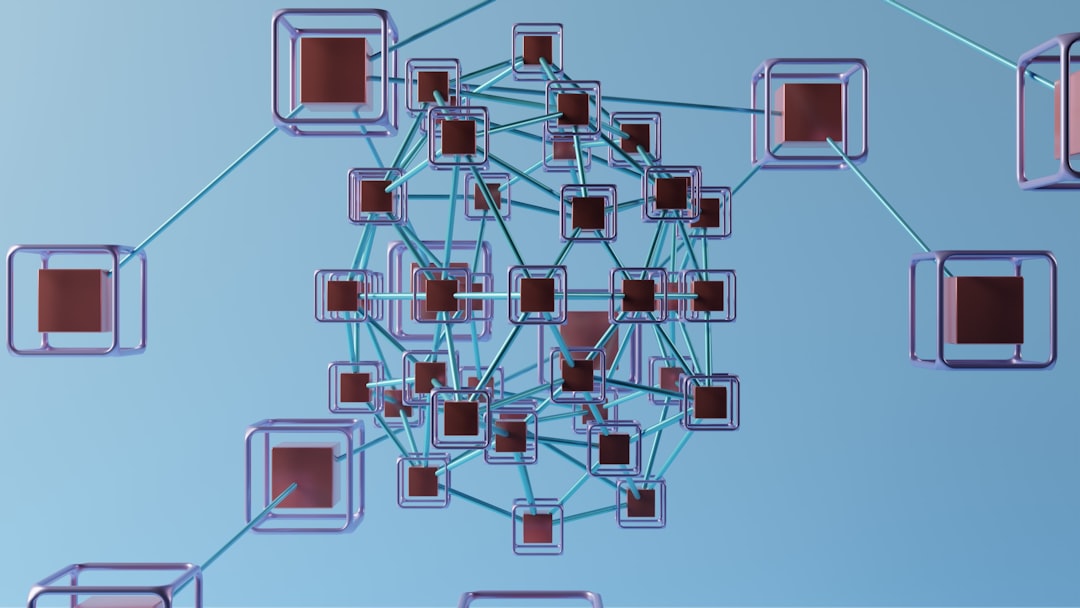In the ever-evolving world of software architecture and system communication, the debate between webhooks and event streams continues to gain momentum. While both are used for connecting applications and reacting to system changes in real-time, they offer significantly different paradigms in terms of scalability, reliability, and use cases.
This article provides a comprehensive comparison between webhooks and event streams, breaking down their strengths, weaknesses, and applicable scenarios. Whether you’re building a lightweight integration or architecting a robust, distributed system, understanding when to use each approach is crucial.
Understanding the Basics
Before diving into their differences, it is essential to understand what webhooks and event streams are and how they function.
What are Webhooks?
Webhooks are automated messages sent from one system to another when a specific event occurs. Instead of continuously polling for data, a webhook-aware system can push data to a listening endpoint. Typically implemented over HTTP, webhooks are widely used for light and prompt communication between systems.
For example, a payment provider like Stripe might send a webhook to your application when a transaction is completed. Your system can then take appropriate action, such as updating an order status.
What are Event Streams?
Event streams, on the other hand, facilitate continuous data exchange over a persistent connection, often through message queues or distributed logging platforms like Apache Kafka, Amazon Kinesis, or Google Pub/Sub. These are more complex mechanisms that allow systems to subscribe to streams of events in real time, processing large volumes of data efficiently and reliably.
Event streams shine in scenarios where scalability, durability, and ordering of messages are essential factors.
Key Differences
To clearly outline the divergence between webhooks and event streams, let’s examine their characteristics in detail:
- Architecture: Webhooks use a push-based model over HTTP, while event streams typically operate through persistent brokers or append-only logs supporting multiple subscribers.
- Reliability: Webhook delivery can fail due to issues like network errors or unavailable endpoints. Retry logic is often manual. Event streams, with built-in durability and error-handling, are more reliable for guaranteed delivery.
- Scalability: Webhooks are ideal for simple, low-volume cases. Large-scale or high-throughput scenarios quickly expose their limitations. Event streams are designed for massive scale and high-frequency data flow.
- Latency: Both offer near real-time communication, but event streams generally provide better latency at larger volumes.
- Observability: Monitoring and tracing messages is easier and more robust in event streaming platforms due to retention and replay capabilities.
- Security: Both systems require careful handling of credentials and data. Webhooks must be verified for authenticity, while event streams benefit from secure channels and controlled access per topic or consumer group.

Webhooks: Where They Shine
Webhooks are particularly advantageous in the following scenarios:
- Third-party integrations: When integrating with cloud services such as GitHub, Slack, or Stripe, webhooks are a simple way to get notified of events like push commits, messages, or payments.
- Low event volume: If your system processes a modest number of events, let’s say fewer than a few hundred per minute, webhooks are more than sufficient.
- Quick and easy implementation: Setting up a webhook listener is relatively straightforward, often requiring just a single HTTP endpoint.
For example, a small e-commerce platform might use a webhook to be notified when inventory in a third-party warehouse changes. This simple and minimal setup works efficiently and saves on complexity and cost.
Event Streams: When Power is Needed
Event streams come into play when you need performance, fault tolerance, or high volumes of real-time data. Suitable use cases include:
- High-frequency data pipelines: Systems that handle a million events per second, such as ad tech platforms or telemetry systems, benefit greatly from the capabilities of event streaming tools.
- Decoupled system components: In microservices or serverless environments, loosely coupling systems through a publish-subscribe model improves flexibility and maintenance.
- Stream processing and analytics: Kafka and its ecosystem (e.g., Kafka Streams, ksqlDB) enable real-time transformation and analysis of incoming event data.
- Guaranteed delivery and replay: Being able to reprocess historical events or recover from consumer failures is invaluable for mission-critical systems.
An example would be a ride-hailing platform that processes live GPS data from each vehicle. The system requires low latency, high throughput, and durability — all of which are supported by an event streaming approach.
Hybrid Models and Real-World Compatibility
In the real world, systems often use both webhooks and event streams for different components. It’s not an either-or situation but about choosing the right tool for each task.
For instance, a SaaS application could receive webhooks from a payment service and push those events into a Kafka topic for processing, logging, and analytics internally. This hybrid strategy leverages the ease of webhooks for ingress and the robustness of event streaming internally.

Challenges with Each Approach
Webhook Challenges
- Delivery assurance: Without a queue, webhooks can be lost unless carefully managed.
- Security risks: Unauthorized pings and fake requests require endpoint validation strategies like HMAC verification.
- Brittle endpoints: Downtime or service instability can result in missed events.
Event Stream Challenges
- Operational complexity: Managing Kafka clusters or setting up managed solutions introduces operational overhead.
- Cost: Generally, event streaming platforms require more memory, bandwidth, and compute resources.
- Learning curve: Developers and operators must understand topics, partitions, offsets, and consumer groups to use these systems effectively.
Choosing the Right Tool
So, how do you determine which option better suits your needs? Here’s a quick guide to help you choose:
- Use Webhooks If:
- You’re integrating external services that support webhook delivery
- The event volume is relatively low and latency tolerance is moderate
- You prioritize simplicity over scalability
- Use Event Streams If:
- You need to handle high-throughput, low-latency data pipelines
- The system cannot afford missed or duplicated events
- You want to enable event replay and observability
Conclusion
Reliable real-time communication is a cornerstone of modern software systems. Webhooks and event streams represent two distinct yet complementary methods of achieving this.
Webhooks are ideal for simple, one-to-one communication where events are infrequent and system complexity must be kept low. In contrast, event streams offer the power, flexibility, and durability required for high-performance, distributed architectures.
Ultimately, the choice is not just about technology—it is about business goals, scale, maintainability, and future-proofing. The most robust systems often use a hybrid model, combining the best aspects of both technologies to deliver a seamless and resilient experience.



